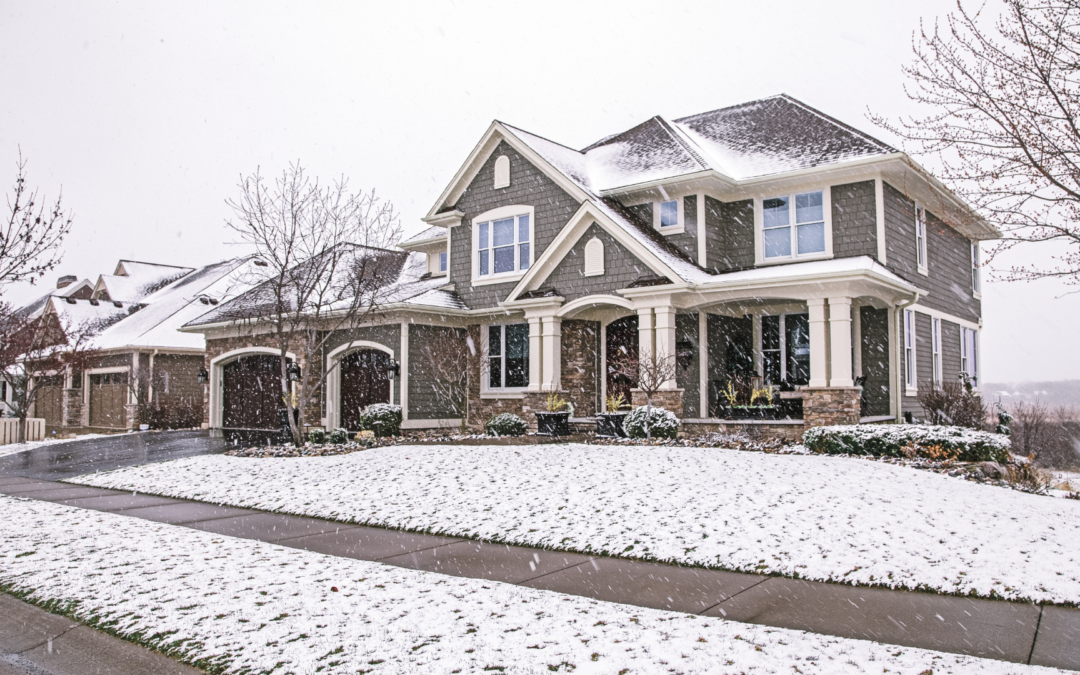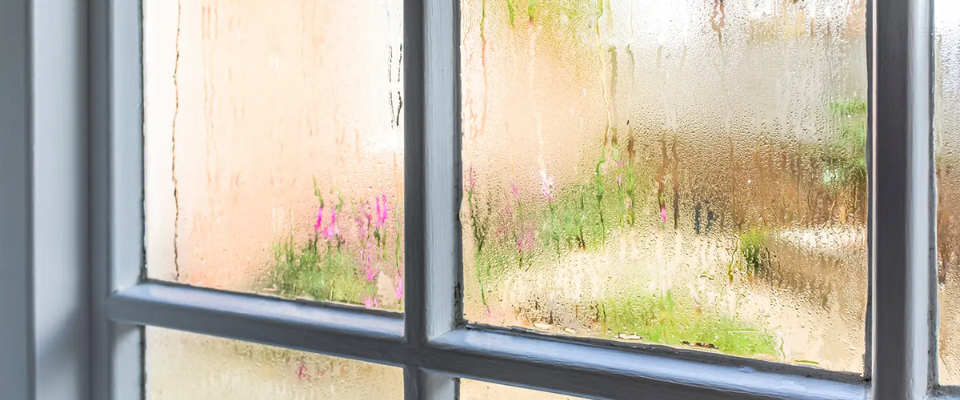When buying a home, most buyers are focused on foundational aspects like the structure, plumbing, and electrical systems. However, an often-overlooked aspect is the home’s energy efficiency—specifically, how much energy it will consume during the peak summer and winter months. While a standard home inspection doesn’t include a full energy audit, there are a few key indicators inspectors might observe that reveal potential energy loss. Here are three simple ways inspectors spot energy inefficiencies during your inspection.
1. Insulation Levels in Attic
During the attic inspection, an inspector might find that insulation levels are low, inadequate, or even missing entirely. This isn’t just about comfort; it directly impacts your energy bills. Poor insulation allows conditioned air to escape or outside air to seep in, making your HVAC system work harder. Make sure to review the insulation and ventilation sections of your inspection report to see if these issues are flagged.
2. Single-Pane Windows in Older Homes
Older homes often have single-pane windows, which can lead to “sweating” in winter. This happens when cold outdoor air cools the glass, causing condensation to form on the interior side. Inspectors may notice water stains around the window trim, which can indicate energy loss, even if it’s not due to a water leak. Ideally, older homes should have storm windows, while modern homes are generally equipped with double-pane windows to better retain indoor temperatures.
3. “Ghosting” Along Carpet Edges
Believe it or not, dirty carpet edges along walls or stairs can indicate energy efficiency issues. Known as “ghosting,” this occurs when dirt from air leaks accumulates along carpet edges, where it acts like a dirt filter. This often points to unsealed cracks in the framing or structure, allowing unconditioned air to enter—or conditioned air to escape. Both scenarios lead to increased energy bills, so pay attention to any signs of ghosting.
Consider an Energy Evaluation
Some inspection companies offer add-on services to evaluate energy consumption and efficiency. If yours doesn’t, it might be worthwhile to hire an energy evaluator or a HERS (Home Energy Rating System) rater to conduct a full assessment alongside your pre-purchase inspection.
By being mindful of these signs during a home inspection, you can identify potential energy efficiency issues early on, helping you make a more informed decision about your future home.
Experience the DILIGENT Difference
With DILIGENT, you can understand the value of your potential home investment by skipping the guesswork and gathering deeper information about your new home with our detailed reports provided the same day as your inspection.



